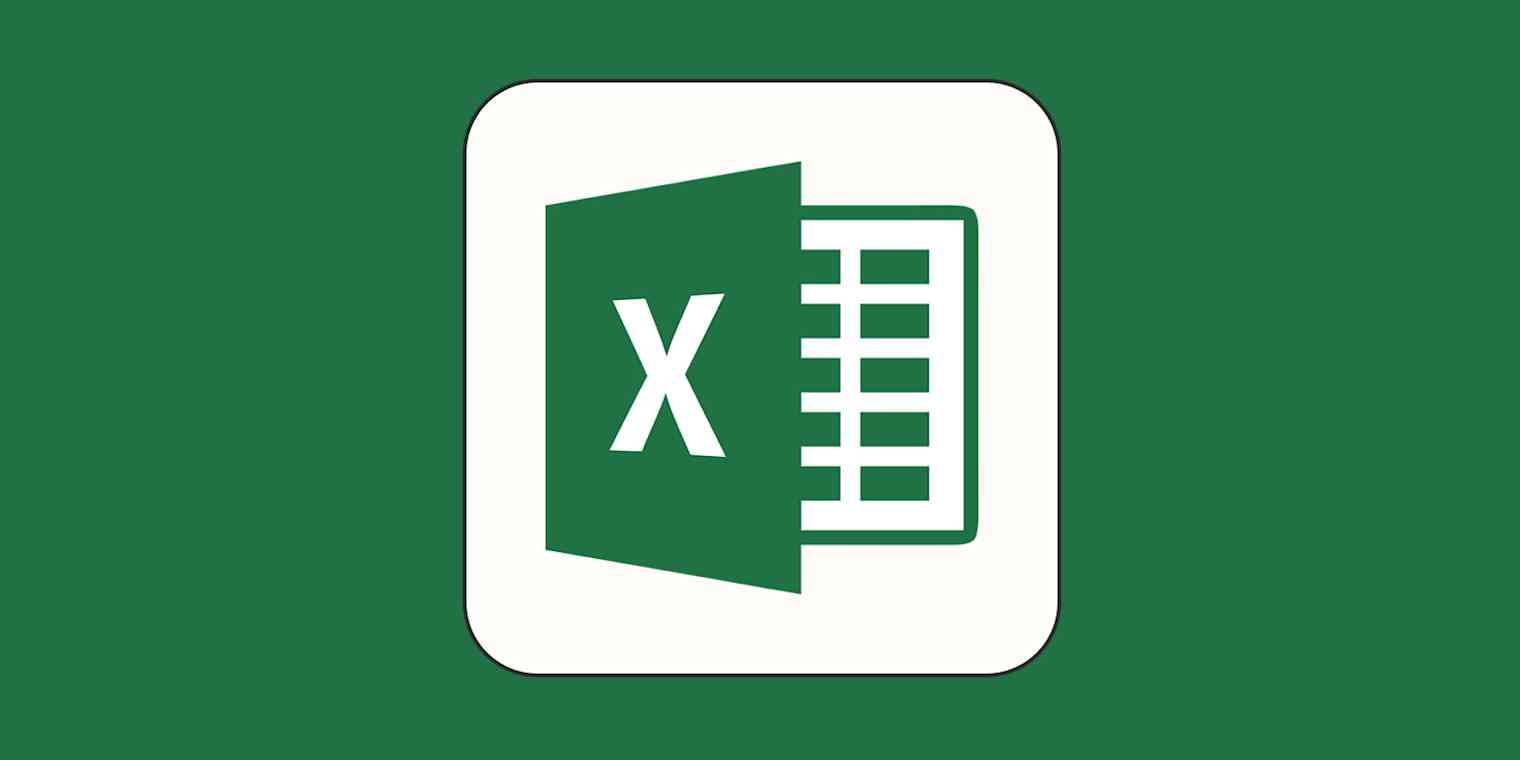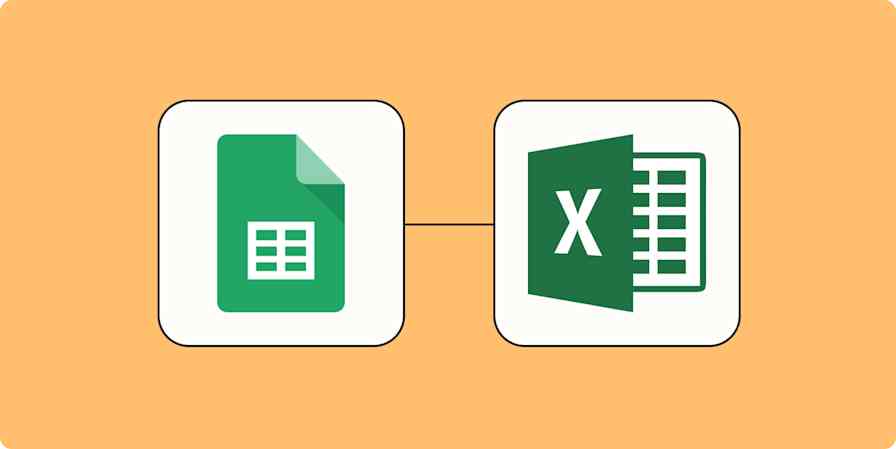App tips
6 min readHow to make an Excel waterfall chart (+ template)
By Michael Kern · August 12, 2024

Get productivity tips delivered straight to your inbox
We’ll email you 1-3 times per week—and never share your information.
mentioned apps
Related articles
Improve your productivity automatically. Use Zapier to get your apps working together.







